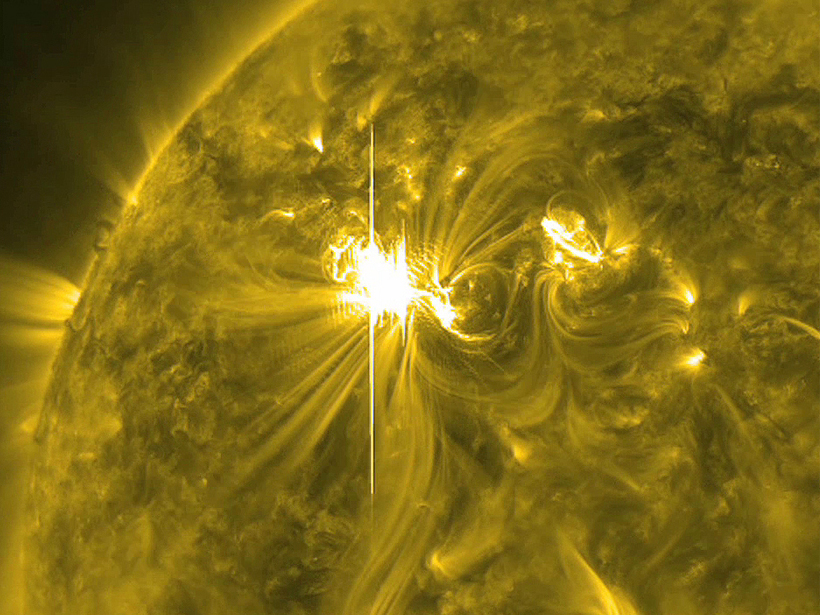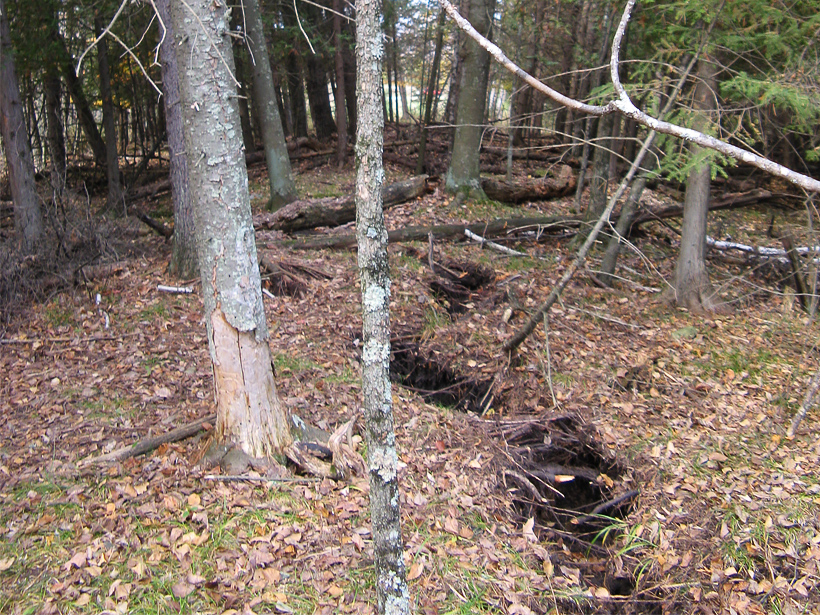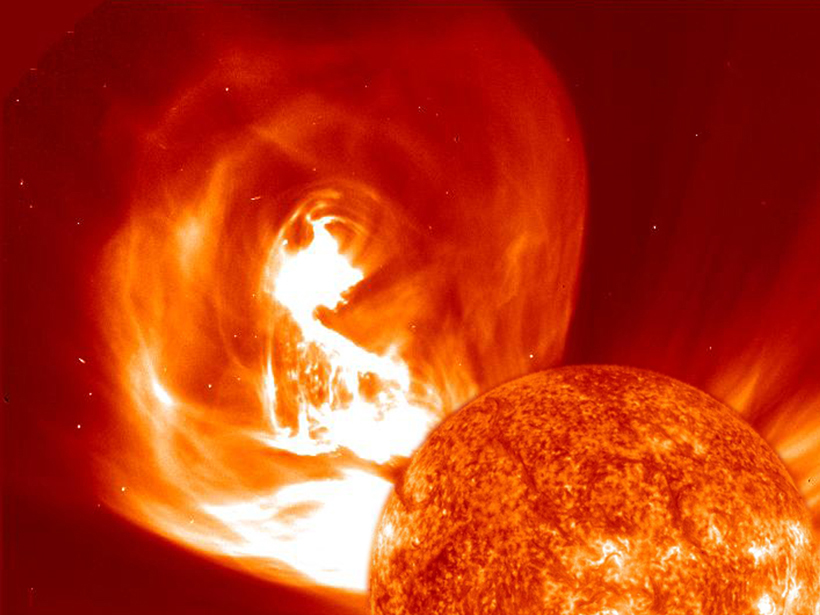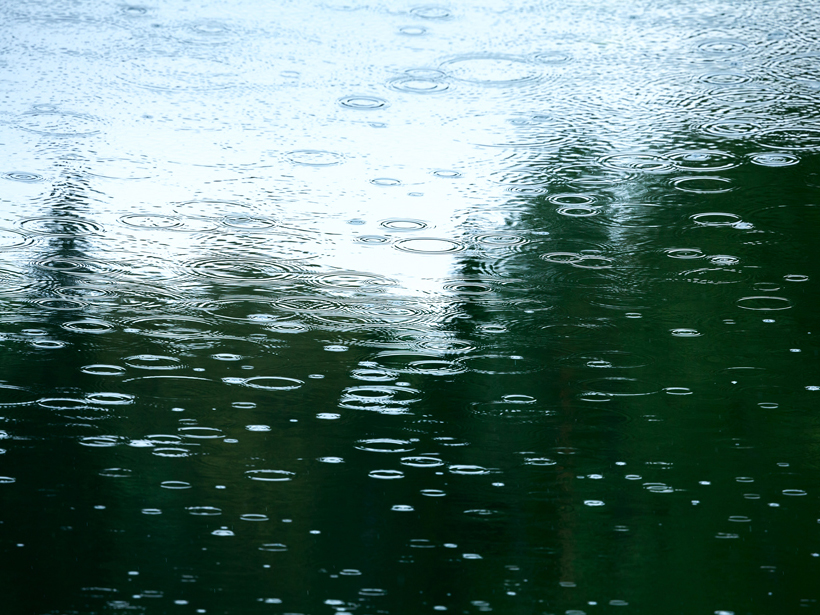Study reveals structures along the Alaskan convergent margin capable of generating a powerful tsunami directed toward the United States's West Coast.
Hazards & Disasters
New Space Weather Forecast Technique Fails to Improve Forecasts
For years, scientists have proposed upgrading the National Oceanic and Atmospheric Administration's solar storm forecasts to account for their tilt as they streak toward Earth. But does it help?
New Model Predicts Big Solar Proton Storms
Forecasts of dangerous solar events could buy time for astronauts en route to the Moon or Mars.
What Makes the Ground Suddenly Pop?
A geological feature in Michigan’s wooded Upper Peninsula has scientists scratching their heads.
Space Weather Gains National and International Attention
A heightened understanding of geomagnetic disturbances in a high-tech world encourages policy changes in the United States and abroad.
Can Meteorite Impacts Disturb a Planet's Magnetic Field?
Such disturbances probably do not occur on our own planet, but evidence for them might still exist elsewhere in the solar system.
Tsunami Forecast System Could Provide Early Warnings in Japan
New simulations show that an array of sensors mounted to the ocean floor can capture tsunami size and wavelength.
Mercury in Rain Increasing in Western and Central United States
Despite tightening emissions rules, mercury concentrations are rising in rainfall wetting western and central regions of the United States. The pollutant may waft in from Asia, scientists speculate.
New Model Improves Predictions of Shallow Landslides
An advanced, process-based model that incorporates typically neglected processes provides new insight into the complex dynamics controlling shallow landslide formation.
Massive Carbon Dioxide Stores Beneath Mammoth Mountain
Gas in rocky pores beneath the surface of California's Mammoth Mountain could fuel dangerous carbon dioxide emissions for the next 28 to 1100 years.







